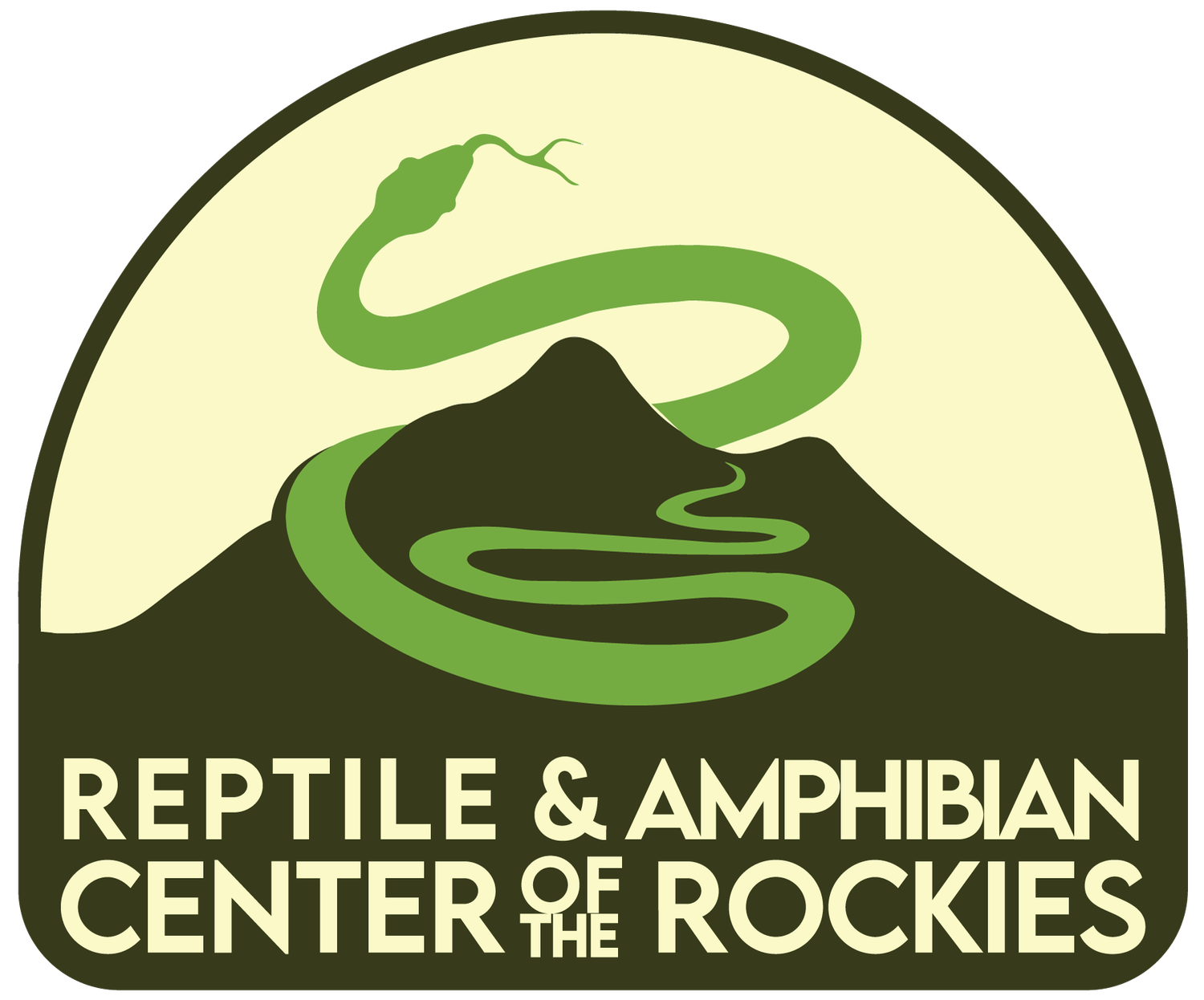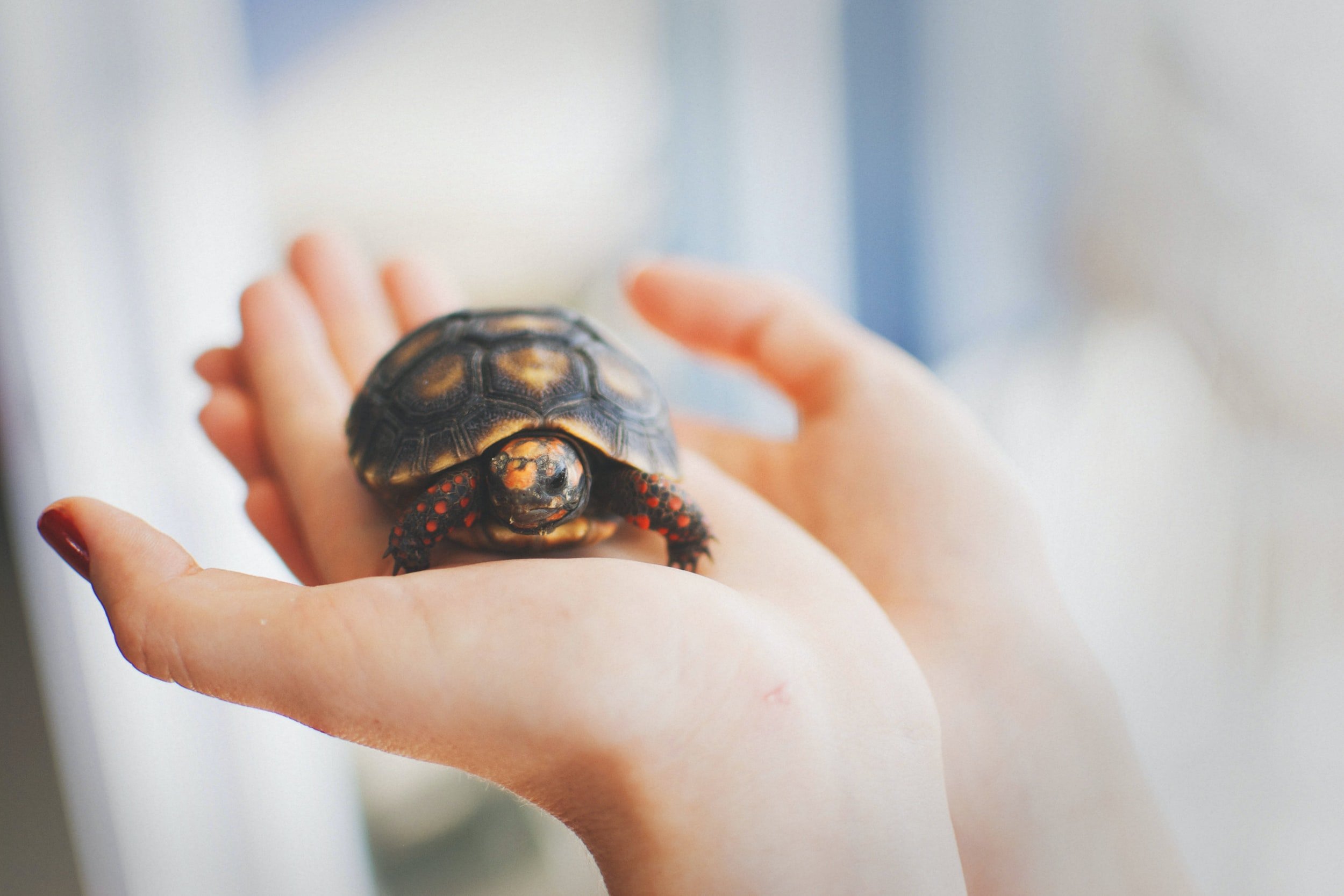Evacuation Checklist
The Marshall Fire of December 30th, 2021 was a devastating reminder that Colorado wildfires can happen anytime, anywhere.
Natural disasters are happening more and more often. Make sure you have an exit strategy for your pets if you need to evacuate!
While keeping reptiles and amphibians makes evacuation more challenging, having a checklist ready to go ensures no one gets left behind.
Temporary Housing
Packing up your pet’s enclosure isn’t a practical solution in an emergency. Sometimes all you have time to do is secure your reptiles and amphibians in pillowcases and put those pillowcases in a box.
Having a lockable plastic bin outfitted with the basic essentials (a hide or two, air holes, and a simple water dish) will do the trick for a temporary setup.
(P.S. Sterilite containers stack well in all sizes if you have multiple animals to accommodate.)
Heat Source & Thermostat
Heat is an essential element for ectotherms, especially when it comes to digestion. We always recommend having a spare heat source (such as a heat bulb or appropriately sized heat pad) packed and ready to go.
In a pinch, hand warmers wrapped in a cloth or a heating mat/blanket will do, but need to be upgraded to something more consistent as soon as you are in a safe location.
A thermostat is necessary so that you can regulate your heat source. Having unregulated heat can potentially cause harm to your pet!
Water
Have bottles of water filled and ready to go in your emergency kit so that you always have a safe water source for you and your pet. While food can wait, water is a must in a temporary enclosure.
Emergency Feeding Plan
Most reptiles can go lengths of time without food in an emergency. It isn’t necessarily necessary to have food packed ahead of time, especially since it’s another thing to grab and have ready at all times (which can be challenging given that food is perishable).
If you have pets that eat a prepared diet (Repashy or Pangea powdered food, for example), it would be wise to have a spare portion of food in your emergency kit. Knowing where to go to get food for your pet once you are in a safe location is a good precaution to take.
Medical Documentation & First Aid Supplies
If you keep hard copies of vet documents, ID’s, or recent photos of your pets, keep them in a folder in your emergency kit in case something happens to your pets during evacuation.
It’s always a good idea to keep basic First Aid supplies handy. Do your research & talk to your vet before administering any first aid on your pets!
Your First Aid kit should include:
Destination
Know where you’re going ahead of time! Many hotels will not allow residents to have reptiles or amphibians in their rooms. Call ahead to inquire about policies, and defer to a friend or family member’s house outside of the evacuation zone when possible.
If you are in need of emergency help for your reptile/amphibian during evacuation, please don’t hesitate to reach out to us! We are here to help.


